Every year in America, more than five million dental patients receive implants. These procedures are used to permanently replace missing teeth. They help to improve the quality of your smile, boost your confidence, and help you eat and talk.
However, getting a dental implant is a fairly major procedure that requires an anesthetic. Because of this, you want to be working with a dentist that you can trust. They will be able to deliver quality and reassurance from your first appointment right through to your follow-up care.
With more than 200,000 dentists practicing across America choosing the right one for you can feel overwhelming! So what should you look for in an implant dentist?
Whether you want to know more about the pros and cons of a gum lift or need a dental implant, read on to find out our top tips for finding the best implant dentist in Seattle.
1. Make Sure They Have the Proper Training and Qualifications
You want any dentist working on your mouth to have the proper training before they come near you. This is the case whether you are getting a filling or looking for a gum lift for a receding gum line!
This is why it is important to look into their qualifications before working with a dentist. You can ask about this directly or look it up online. Their qualifications should include:
- A doctorate (either a DDS or DMD) from an accredited dental school
- A license to practice dentistry
- A completed residency in dentistry
- Extensive experience practicing dentistry since qualifying
If a dentist lists their training as a "short course" then be wary of this. Short courses generally only cover basic skills.
You should also look out for dentists who are board-certified. These dentists are regulated and have to pass a strict testing process before receiving their certification. So it is a good sign of a high-quality dentist.
2. Look for a Specialist
As we've already mentioned, dental implants are a specialist kind of procedure so your regular dentist might not offer them. Even if they do, it is worth looking for a specialist dentist to perform your implant procedure or gum lift in Seattle.
Specialist dentists have a wealth of experience and additional training in their chosen area of dentistry.
This means that they should be able to offer a higher quality procedure compared to your regular dentist. They will also have access to the latest equipment and should be able to schedule your procedure easily.
3. Check Out Their Before and After Photos
A dentist will be able to provide a lot of information about how they carry out a procedure and will offer you statistics on their success rates.
However, one of the most helpful things to look at is their collection of before and after photos. These will reflect the quality of a dentist's work.
When looking at them, make sure to ask about the exact procedure that a patient had. You especially want to look at before and after photos of the procedure that you are planning to have.
If a patient has had additional procedures, such as gum grafting, make sure you ask about this as well. These can make a big difference to how your smile will look after your implant.
4. Read Independent Reviews
Dentists will always present themselves and their work in the best light — after all, they want to bring more patients in! So it is important to look at independent reviews as well. These are written by previous patients, so will give you an honest review of their experience.
It's important to look for recent reviews, as these will reflect a dentist's latest work. These can tell you about the quality of:
- A dentist's communication
- Their value for money
- The procedure itself
- The support they offer with after care
It is a good idea to try and find reviews of the specific procedure that you're looking for. For example, if you're getting gum contouring, look at reviews of this procedure. This will give you the most accurate picture possible of previous patients' experiences.
5. Look Out for Great Communication
Communication is key if you are going to build a relationship of trust with your dentist, so look out for this from the very beginning.
All dentists should offer an initial consultation to find out exactly what you're looking for from your procedure. This is a chance for you to tell them about your dental history so that they can advise you on the best possible treatments.
However, this is also an opportunity for you to ask any questions that you might have. For example, if they suggest getting a gum lift along with your implants you may want to ask "What is a gum lift?" A good dentist will be able to explain all of their procedures so that you are satisfied that you understand them.
Their communication should also extend outside of their dental office. Their secretaries and support staff should be easy to reach and should keep you informed of any changes to your scheduled procedure.
You can tell a lot about a dentist by how quickly they respond to your initial inquiries. They should offer you a range of options for getting in touch, including phone calls, inquiry forms, and emails. If you find that it is difficult to get hold of them or they take a long time to respond, it might be time to look elsewhere!
Find Your Implant Dentist Today
As you can see, when it comes to finding a great implant dentist for your procedure there is a lot to consider. Taking the time to research your dentist properly will ensure that you find the best possible person for the job.
Want to book an appointment or find out more about the best prosthodontists in Seattle? Then get in touch today — one of our team will be happy to help you!

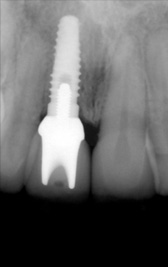


This patient's front tooth required extraction. The tooth was beyond saving. Inflammation from the fractured root and failing root canal are evident in this before photo. Cavities were present on the adjacent teeth.

An immediate implant was the best solution. At the time of extraction, an implant, abutment and temporary crown were placed. After healing, a zirconium abutment was made for the implant, and porcelain crowns were attached. Our patient was thrilled with the natural appearance and the convenience of immediate implant placement.
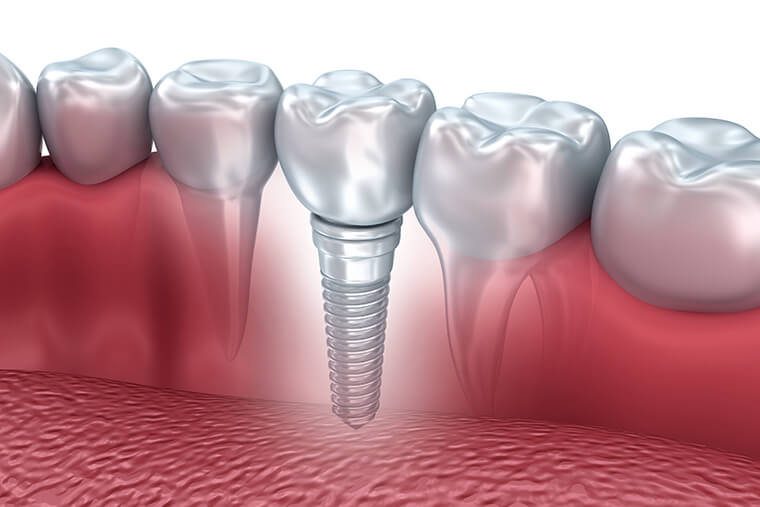
Dental implants and dentures are two standard options for people who have missing teeth. Both options can improve oral health and restore your smile, but they have different success rates and benefits.
Have you ever wondered which option has a higher success rate or provides more benefits?
Look no further!
In this article, we'll explore the advantages and drawbacks of each to help you make an informed decision about your tooth replacement options.
We’ll examine the two most common options, single-tooth and fixed partial dentures. The success rate of single-tooth implants is generally higher than that of alternative treatments like fixed partial dentures (FPDs) or traditional dental bridges.
Single Tooth Implants
Dental implants are considered the gold standard for tooth replacement due to their durability, functionality, and biocompatibility, which means they won't harm your natural tissue.
According to various studies, the success rate of single-tooth implants ranges between 95% and 98% over ten years.
This high success rate is attributed to implants being made from biocompatible materials like titanium, which allow them to integrate with the jawbone through osseointegration.
Dental implants help preserve bone structure and prevent further bone loss, contributing to long-term success.
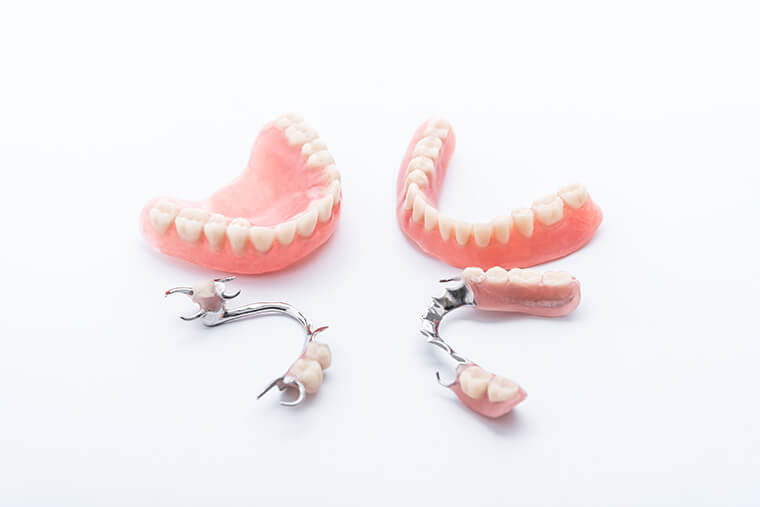
Fixed Partial Dentures (FPDs)
On the other hand, fixed partial dentures or traditional dental bridges typically have a lower success rate than dental implants.
The success rate of FPDs varies depending on the study, but it generally ranges between 70% and 90% over ten years.
One of the main reasons for the lower success rate is that FPDs rely on adjacent teeth for support.
These teeth need to be prepared and reduced in size, making them more susceptible to decay, fracture, or other complications.
Additionally, FPDs do not provide the same level of bone preservation as dental implants, which can result in bone resorption and a higher risk of failure in the long run.
It is important to note that individual success rates can vary depending on factors such as the patient's overall oral health, the expertise of the dental professional, the quality of the materials used, and the patient's adherence to proper oral hygiene and maintenance.
Final thoughts
In conclusion, single-tooth implants generally have a higher success rate than fixed partial dentures or traditional dental bridges. They offer several advantages, including better long-term stability, bone and adjacent teeth preservation, and improved functionality.
However, it's essential to consult with your dentist to determine the best tooth replacement option based on your specific needs and circumstances.
Please make an appointment for a complimentary consultation with our dental experts today!
Seattle Specialty Dentistry Prosthodontics is proud to serve the Seattle area.
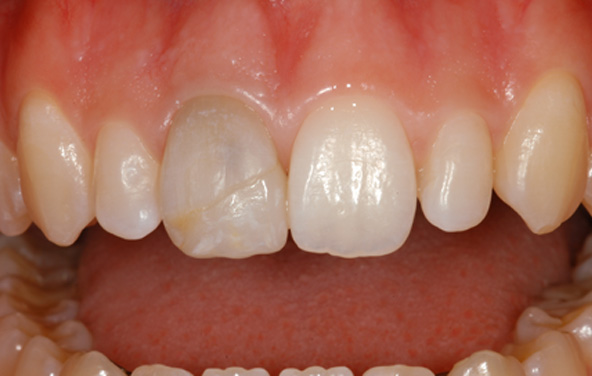

This patient had fallen off her bike when she was younger. Her upper front tooth was fractured and required a root canal. Within a few years after the accident, the tooth began to badly discolor. And now that her braces were off, she wanted a pretty smile.
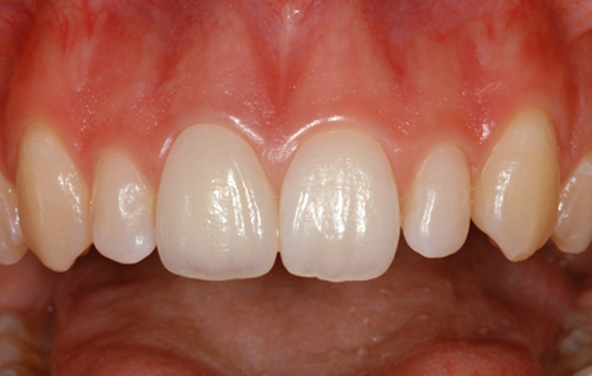

The damaged tooth obviously needed a crown, but the cause of the discoloration was a surprise. We discovered that a previous dentist had left cotton inside the tooth, and discoloration had occurred from bacteria and staining that accumulated inside. Once the decay was cleaned out and the tooth was restored, it had a very natural appearance.
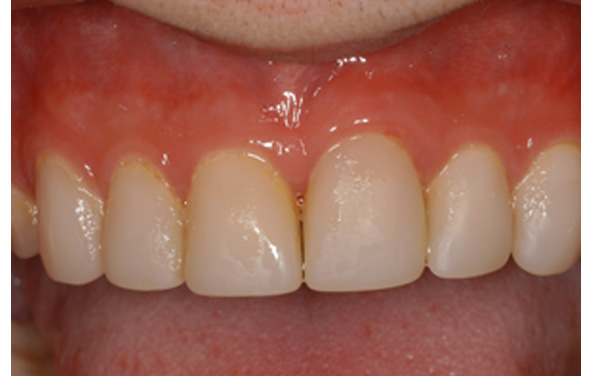
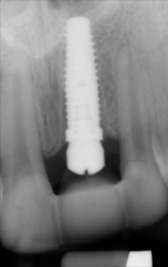
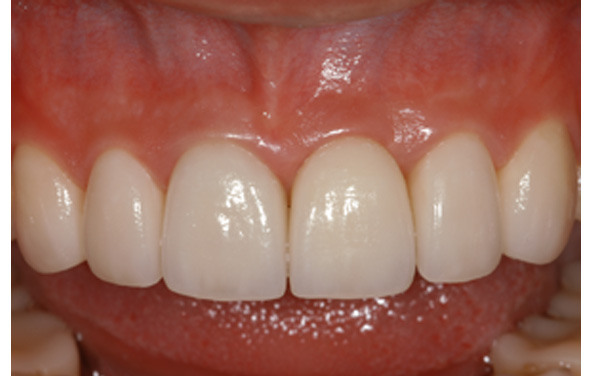

This patient was born with a congenital abnormality called amelogenesis imperfecta. This condition is characterized by small teeth with poorly formed enamel that are prone to sensitivity, wear and cavities. We placed temporary restorations on all his teeth and referred him to an orthodontist for better alignment.

Following orthodontic treatment, our patient returned to our office for restorative care. We replaced a hopeless front tooth with a dental implant and replaced his temporary crowns with permanent porcelain crowns. Once the procedures were completed, our patient looked like he was simply born with a perfect smile.
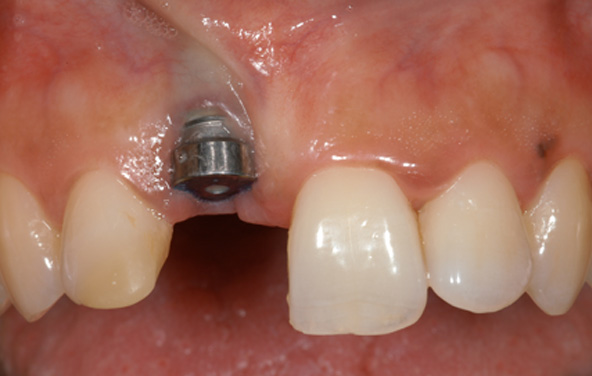

This patient came to us desperately needing help with an incorrectly placed and failed implant.
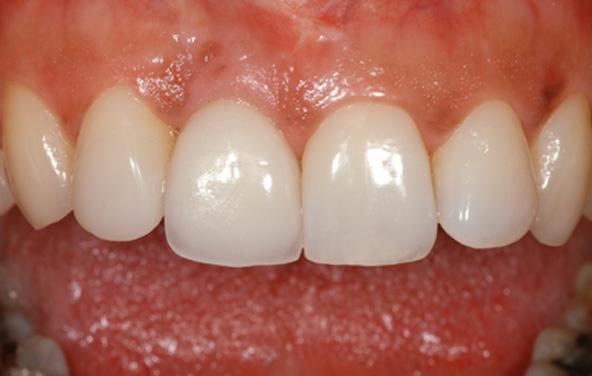

A new implant and crown solved the problem. The patient was relieved to have a gorgeous smile once again.
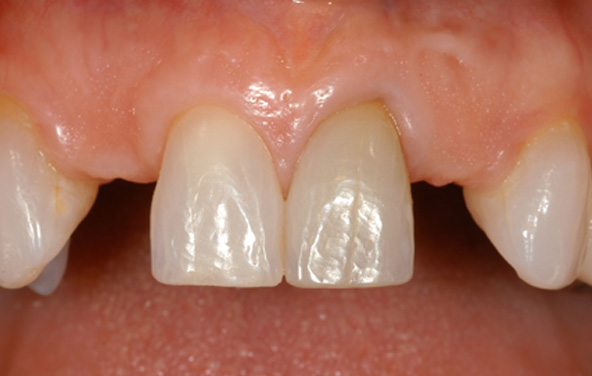

This patient was congenitally missing both upper lateral incisors, a condition that typically develops a crooked smile. Braces were necessary to straighten her smile. Following orthodontic treatment, her orthodontist referred her to our office for restoration.
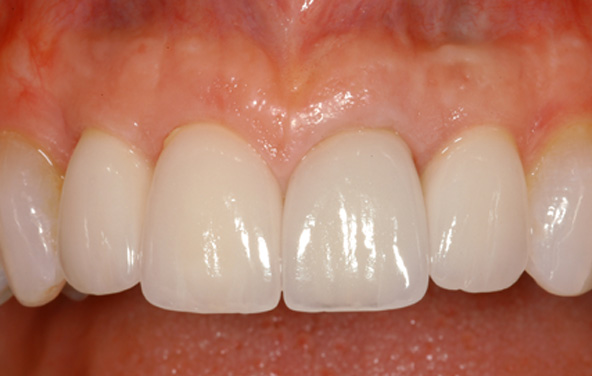

We placed dental implants in both lateral incisor positions. Gum grafting was also accomplished to make the gum tissues more even and symmetrical. Finally, porcelain crowns were placed on both implants and her two front teeth. Our patient was excited to finally have the smile that she always wanted.
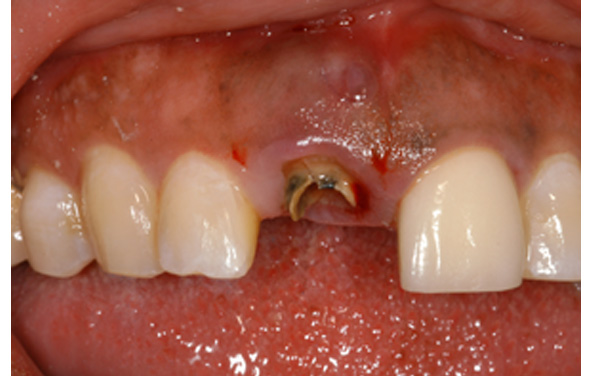
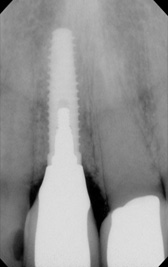
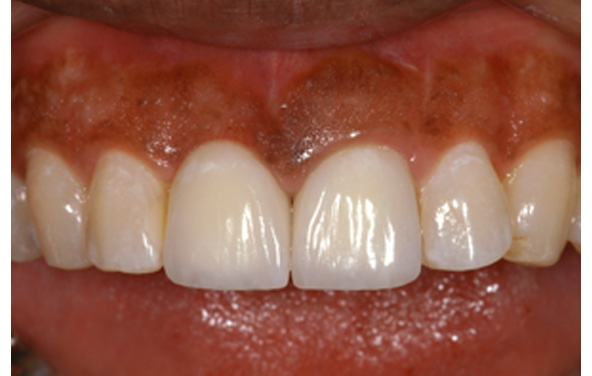

This patient came to our office with his crown in his hand and hoped that it could be simply re-cemented. An examination revealed that the tooth root was split in half and could not be salvaged.

A course of antibiotics was necessary to treat an infection caused by the fractured tooth. Following extraction of the tooth, an implant was placed, and a bone graft replaced bone lost from the infection. Finally, crowns were placed on the implant and the adjacent front tooth. Our patient is happy that they look, feel and function naturally.
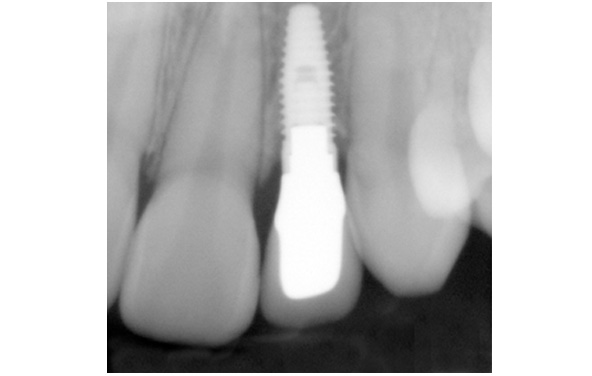

This patient was congenitally missing one lateral incisor. Her orthodontist straightened her teeth and referred her to our office for restoration.
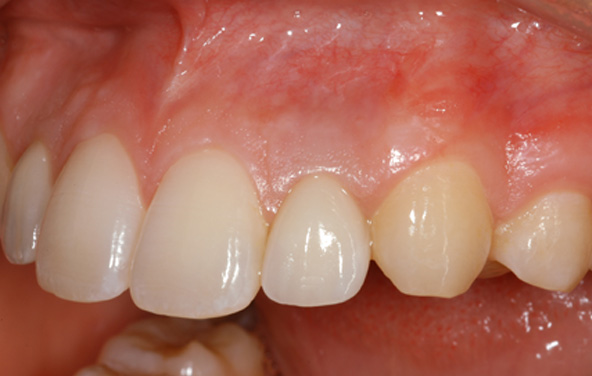

A titanium dental implant was used to replace the missing tooth. The other option, a dental bridge, would have been inappropriate because it would have required grinding her adjacent teeth. After the implant surgery healed, a porcelain restoration completed the beautiful smile this patient never had.
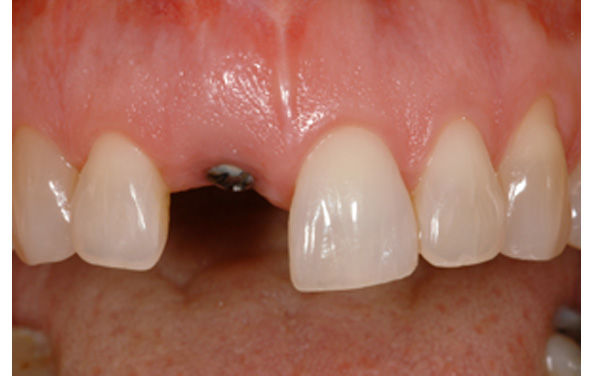
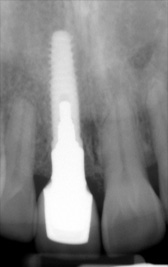
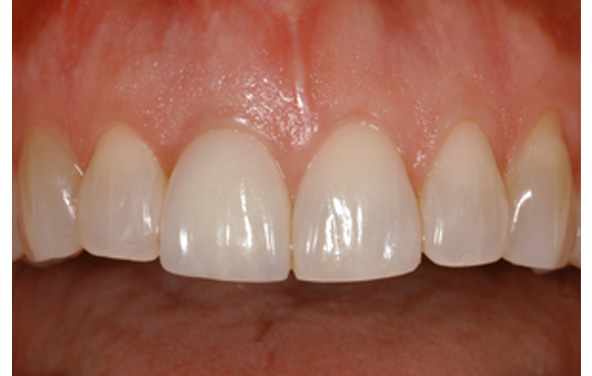

This patient suddenly developed an abscess after a root canal failed on her front tooth. She was mortified at the thought of losing this tooth and was concerned about how to manage the problem, since she came to our office all the way from Wyoming.

She was amazed and relieved that we were able to extract her hopeless tooth, remove the infection, place the implant, and graft the missing bone all in one appointment. We fabricated a temporary appliance that she wore for five months before returning for her permanent crown construction. Her new implant crown looks like nothing happened.
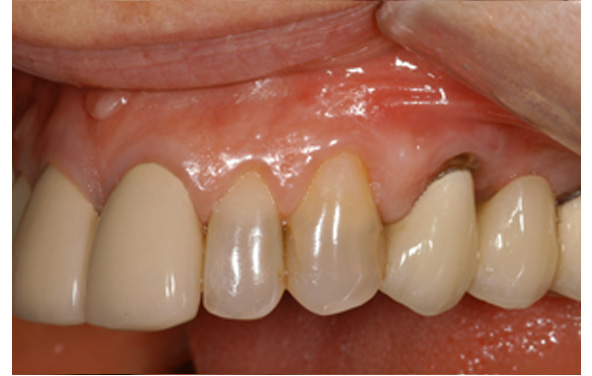
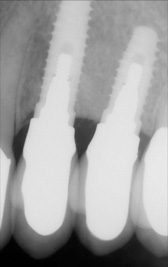
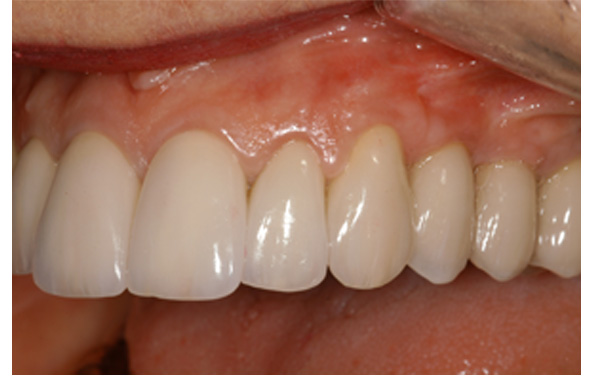

This patient had an existing three-tooth bridge that extended from bicuspid to molar. The front support for the bridge (the bicuspid) had become abscessed and required extraction. Our patient initially requested a new (now longer) bridge. But a longer bridge is weaker, and since this patient has a clenching habit, we felt that it would not last. Dental implants would be a better choice.

The patient took our advice. Two implants replaced the missing teeth. Then, crowns were used to restore her smile and bite. This solution has proven to be very strong, and our patient is happy she decided to improve her bite and smile, both of which are now much more attractive.
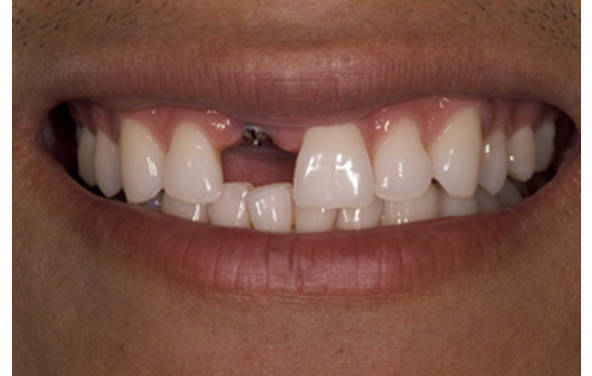
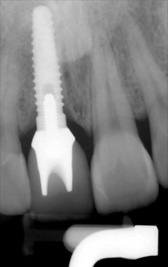
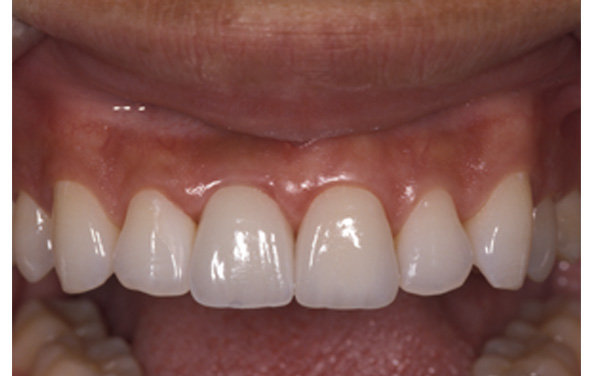

This patient lost his tooth in an unfortunate industrial accident. The implant was placed by another clinician before referral to our office, for fabrication and placement of the abutment and crown.

He was absolutely thrilled with this gorgeous result. A custom fabricated zirconium abutment was attached to the implant using a gold screw (see x-ray). Porcelain restorations (a crown and veneer) were then cemented to the implant abutment and the adjacent natural tooth.
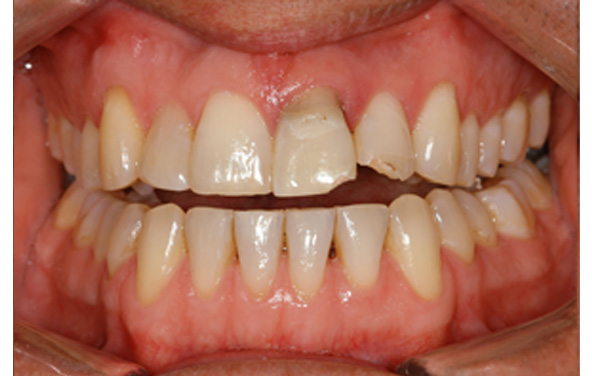
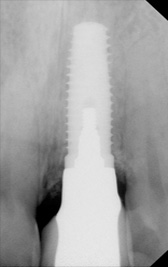
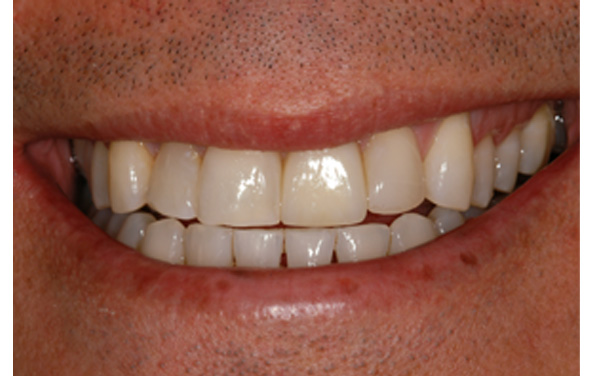

This patient was excited to be moving his family into a new house. On moving day, however, he tripped on the stairs and fractured two front teeth. He came to our office panicked. The front tooth was fractured under the bone and was hopeless, requiring extraction.

We placed a dental implant immediately after the extraction. When possible, this sequencing makes the healing much easier and faster than when done in different appointments. Our patient was thrilled that the crown portion of his extracted tooth could be bonded to the adjacent teeth to serve as a temporary while the implant healed. Later, a porcelain crown was fabricated to fit the implant, and composite was used to repair the chip on the adjacent tooth. Our patient was amazed with his result and the simplicity of the procedure.
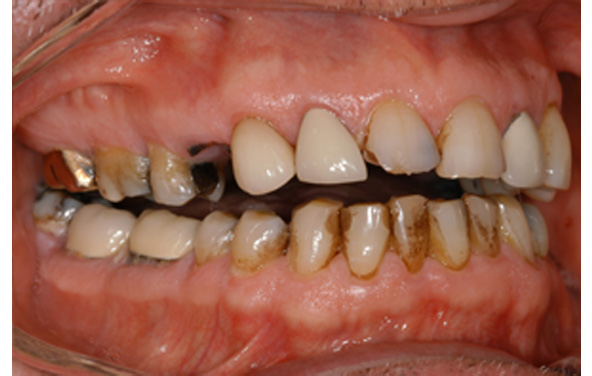
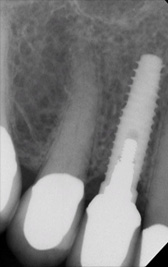
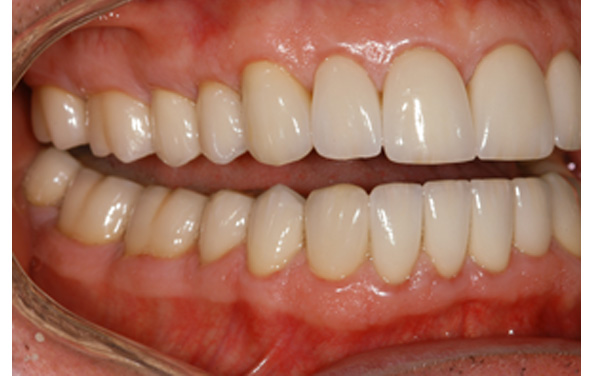

This successful attorney had long neglected his teeth. Two teeth were hopeless and required extractions. Although he felt no discomfort, he realized that his grinding habits had caused chipping, wear and failing restorations.

Titanium implants replaced the missing teeth, and porcelain crowns were used to reconstruct his bite and function. The result was so striking, he wished he had done this sooner.
All clinical photography untouched and courtesy of Seattle Specialty Dentistry.